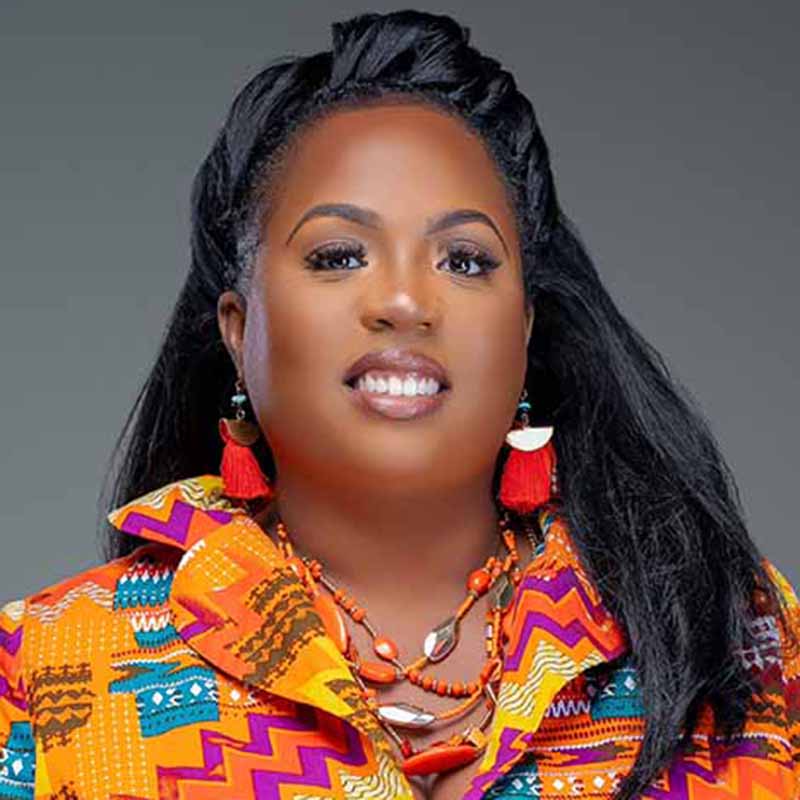How Inclusive Communications Advance Social Justice
Inclusive communications and social justice are intertwined concepts that help shape a more equitable and empathetic society. Understanding and implementing these principles are crucial to fostering environments where all individuals feel valued and respected.
At the heart of the quest for social justice lies a fundamental tool: communication. How we communicate can bridge divides or widen them. Inclusive communications stands out as a critical element in advancing social justice. It not only fosters understanding and empathy but also challenges systemic inequalities.
Social justice involves creating a society in which all individuals have equal rights, opportunities, and access to resources. Communication plays a critical role in achieving this goal by challenging oppressive systems and promoting equity. Moreover, inclusive communications aims to use language and interactions to recognize and respect the diverse backgrounds and experiences of all people. It goes beyond mere politeness; inclusive communications is about actively engaging in practices that make everyone feel heard, understood, and valued. It challenges the status quo by questioning and dismantling the language that upholds systemic inequalities. By changing how we talk about race, gender, disability, and other aspects of identity, we begin to change societal attitudes and reduce prejudice.
One of the primary ways inclusive communications advances social justice is by amplifying the voices of marginalized communities. Historically, these groups have been silenced or overlooked. Inclusive communications ensures their stories and perspectives are heard, fostering a more balanced and representative dialogue. Additionally, clear, inclusive communications helps advocate for policies that promote social justice and articulate the needs and demands of marginalized communities, influencing lawmakers and stakeholders to enact change.
Inclusive communications also promotes empathy by encouraging people to consider perspectives different from their own. This inclusivity leads to more collaboration, innovation, and overall better outcomes for communities. This understanding is crucial for building a society in which people support each other across divides, whether they be racial, gender, economic, or otherwise.
By embracing inclusive communications, we amplify marginalized voices, challenge systemic inequalities, and foster a culture of empathy and understanding. It requires conscious effort and a commitment to continuous learning, but the impact it has on advancing social justice is profound. Through inclusive communications, we can work together to build a fairer and more just society.









